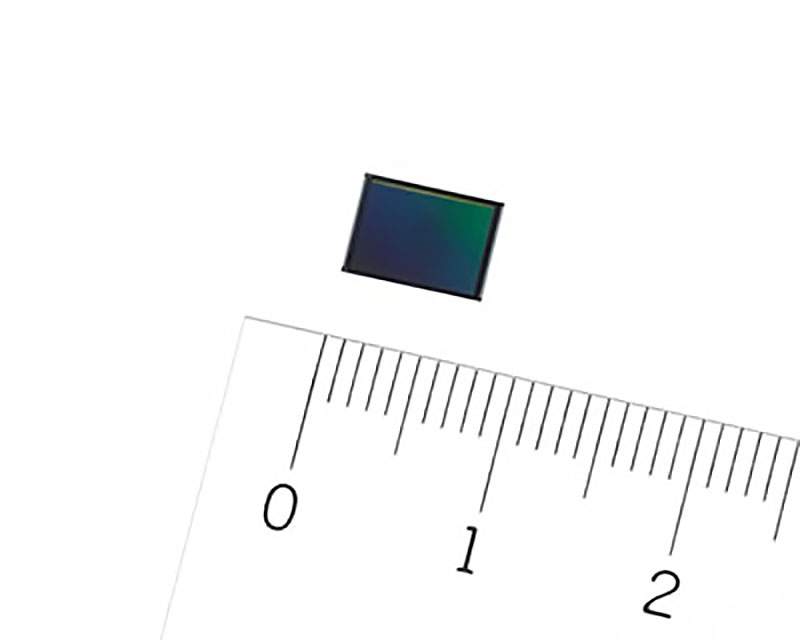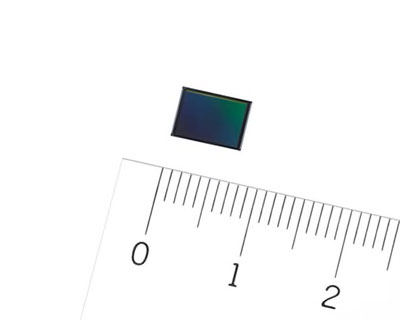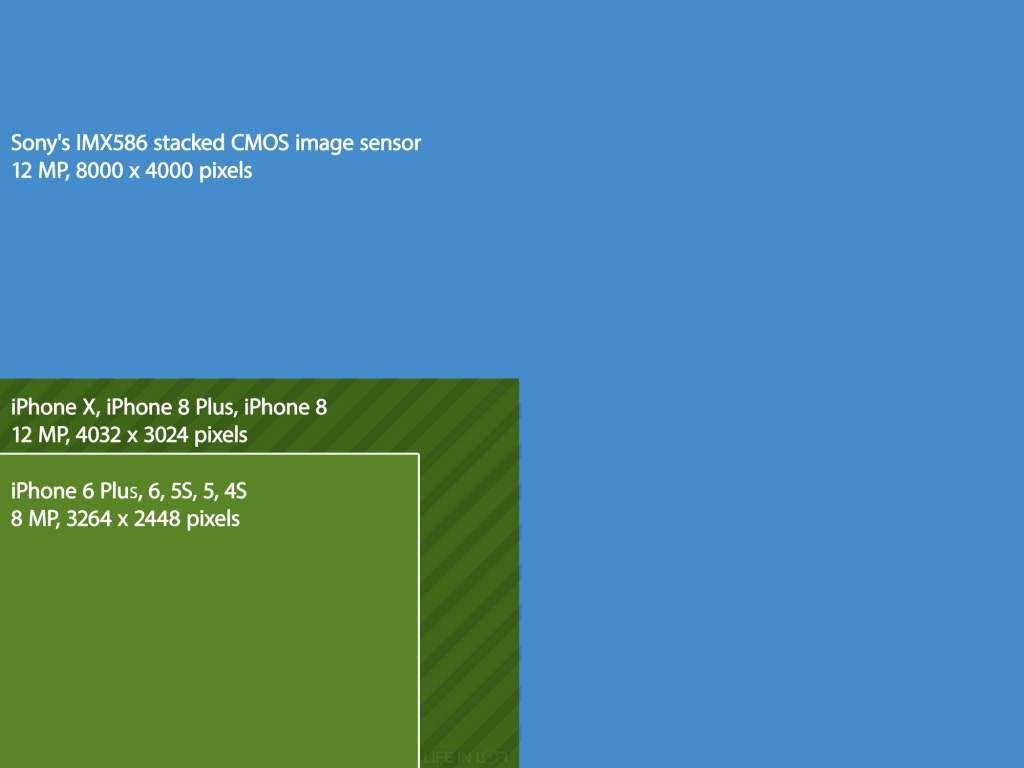Sony Releases Stacked CMOS Image Sensor for Smartphones with Industry’s Highest 48 Effective Megapixels
Sony Corporation announced Monday the upcoming release of a new ultra-compact, 48 megapixel image sensor which could seriously up the game of smartphone cameras. Looking at the specs and what does sensor can do, this is a sexy new chip that could usher in a new era of smartphone photography for the devices that choose to use it. You can read the entire press release here.
Sony’s new IMX586 stacked CMOS image sensor features 8000 x 6000, 48 megapixel resolution. This is real megapixels, not fake, interpolated ones. In contrast, today’s iPhones only have 4032 x 3024, 12 megapixel resolution which they’ve had for the last 3 years. See the photo at the end of the post for a comparison.
Sony’s new IMX586 sensor features pixels that are just 0.08 microns. That’s tiny. And crams them all onto a chip that measures just 8mm diagonal, smaller than your pinky fingernail and more than small enough to fit into today’s iPhones and other smartphones. The iPhone X and the 8 Plus currently use the Sony Exmor RS sensors where the wide-angle camera has a 1.22 micron pixel size… for a 12 MP camera.
For the past several years, there has been a pause in the resolution wars with resolution increases in smartphone cameras falling by the wayside and giving way to other performance improvements such as auto focusing improvements and 4K video. This new chip could make photo resolution matter again.
Why megapixels matter
For most uses, the current 12 megapixels is more than enough. Facebook resizes images down to about 2000 pixels on the longest side — that’s a maximum of about 4 MP per image. Instagram still samples everything down to 800 pixels tops for viewing.
Basically, a true 48 MP camera will let you take much bigger photos. It could allow smartphones to take pictures which approach or exceed the quality of many of the hi-res SLR cameras today. More importantly, it will let you crop photos much smaller with greater detail and sharpness and much less blur. It would give you an image so big, it would allow you to crop out and extract a quality photo high-res photo from a small area of your original photograph. You could crop out most of your image and still have an 8 MP photo. Think of it as a digital zoom after the fact. Except one that doesn’t suck as much.

Left highlight: Conventional image (12 megapixels). Right highlight: IMX586 image (48 effective megapixels)
The sensor uses a Quad Bayer array enables both high sensitivity and high resolution. By adopting the Quad Bayer color filter array, where the adjacent 2×2 pixels come in the same color, the new sensor delivers both high sensitivity and high resolution. In low light situations, such as shooting at night, the signal from the four adjacent pixels are added, raising the sensitivity to a level equivalent to that of 1.6 ?m pixels (12 effective megapixels), to capture bright, low-noise photos and videos. When shooting bright scenes such as daytime outdoors, the built-in, original signal processing function performs array conversion, making it possible to obtain high-definition 48 effective megapixel images in real time.
In less-technical terms, in low-light situations, such as shooting at night, the signal from the 4 adjacent pixels are added, quadrupling the sensitivity and letting you capture bright, low-noise photos and videos. This creates an image that is 12 effective megapixels and it uses a method not unlike the one that iPhones and other smartphones use today for low-light photography.
Video seems on par with today’s high-end smartphones. The sensor shoots 4K video at 90 frames per second and 1080p video at 240 frames per second.
Of course, all these great specs mean nothing if the image sensor captures crap, though, and we won’t get to see what this new sensor can really do for a while. Smartphones with the Sony IMX586 sensor could street as early as this fall, although so far no devices have been announced. And even though Apple has used Sony sensors for iPhone cameras in the past, I doubt that we will see this one in an iPhone before 2019. I can hope.
It’s a sexy sensor and I’m excited about it! And if it shoots as well as Sony’s previous sensors, this one will be a game changer. Because it’s Sony and ready to go now, look for this one sooner not later on some device.
Hat tip: Gizmodo



